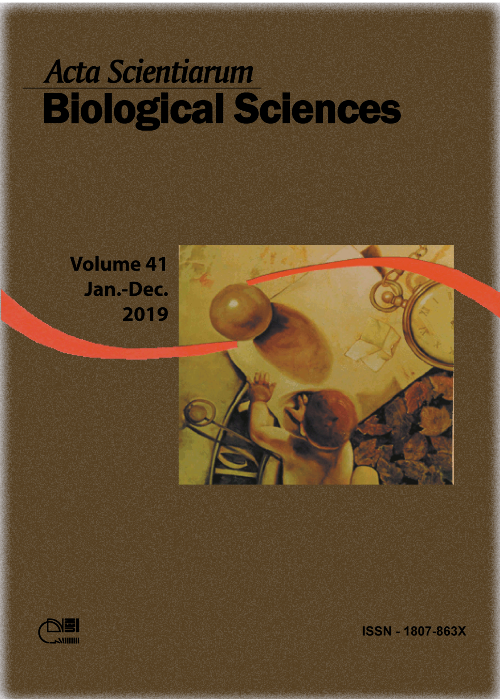Anatomical and biochemical changes associated with the development and germination of <i>Araucaria angustifolia</i> seeds
Abstract
This study aimed at assessing the cell cycle, and anatomical and biochemical changes that the embryonic axis of Araucaria angustifolia undergoes during development, focusing on the maturation stage. During all development, cells exhibited intense metabolic activity with an abundance of mitochondria, lipid bodies, and vacuolated cells. The continued accumulation of starch and protein was observed by LM and TEM and indicated by spectra of FTIR. Cell differentiation of the procambium was observed with a thickening of the cell wall and the formation of resiniferous ducts. At Stage III and IV, cells exhibited structural changes such as altered or elongated mitochondria and presence of plastoglobules. These results suggest that there is a gradual transition from developmental metabolism to germination metabolism. Such changes can contribute to the rapid germination of seeds right after their dispersion, making it an ecological strategy to reduce post-dispersal exposure to predators and to avoid damage from reduced moisture.
Downloads
DECLARATION OF ORIGINALITY AND COPYRIGHTS
I Declare that current article is original and has not been submitted for publication, in part or in whole, to any other national or international journal.
The copyrights belong exclusively to the authors. Published content is licensed under Creative Commons Attribution 4.0 (CC BY 4.0) guidelines, which allows sharing (copy and distribution of the material in any medium or format) and adaptation (remix, transform, and build upon the material) for any purpose, even commercially, under the terms of attribution.
Read this link for further information on how to use CC BY 4.0 properly.












1.png)




3.png)













